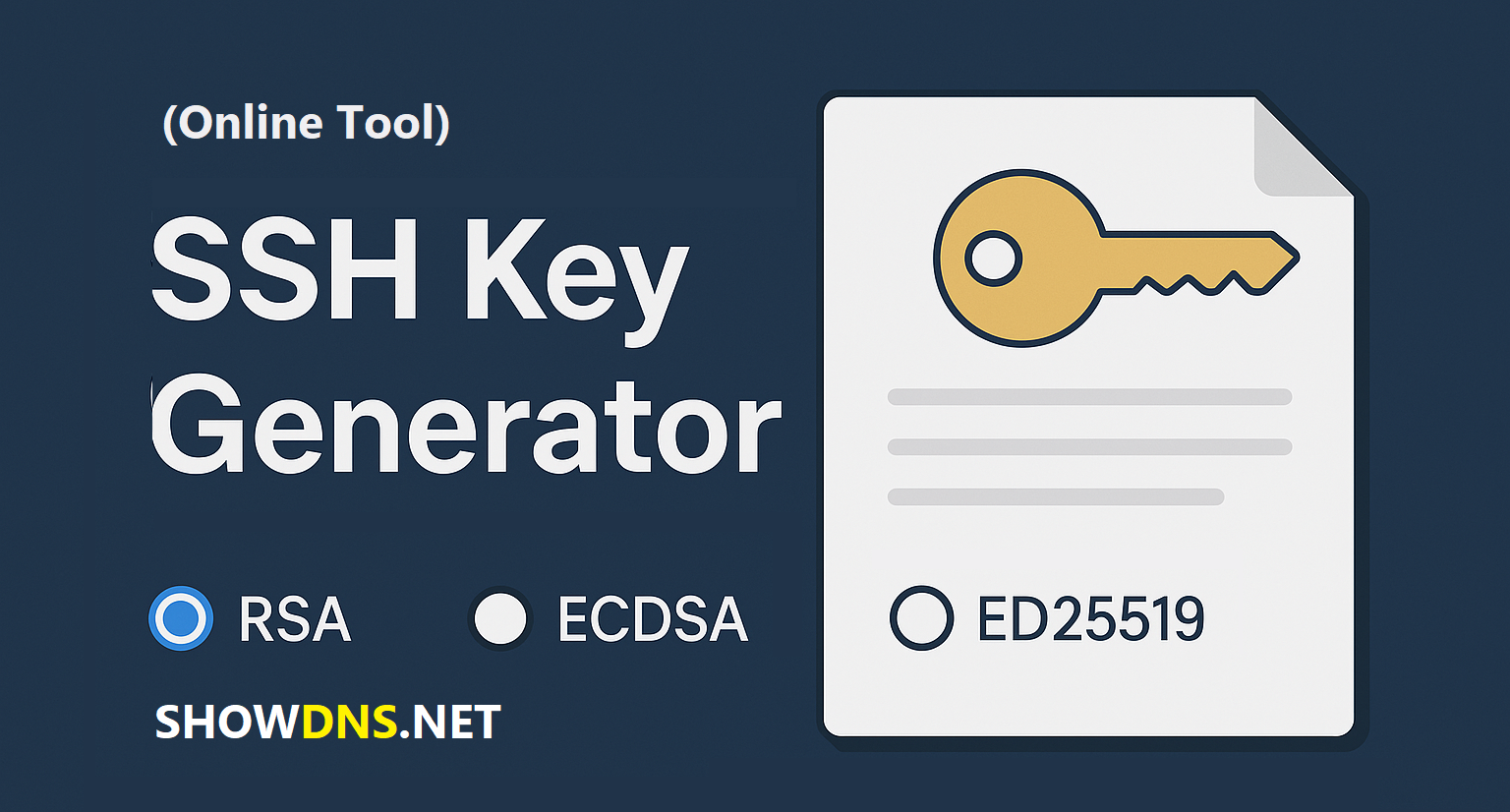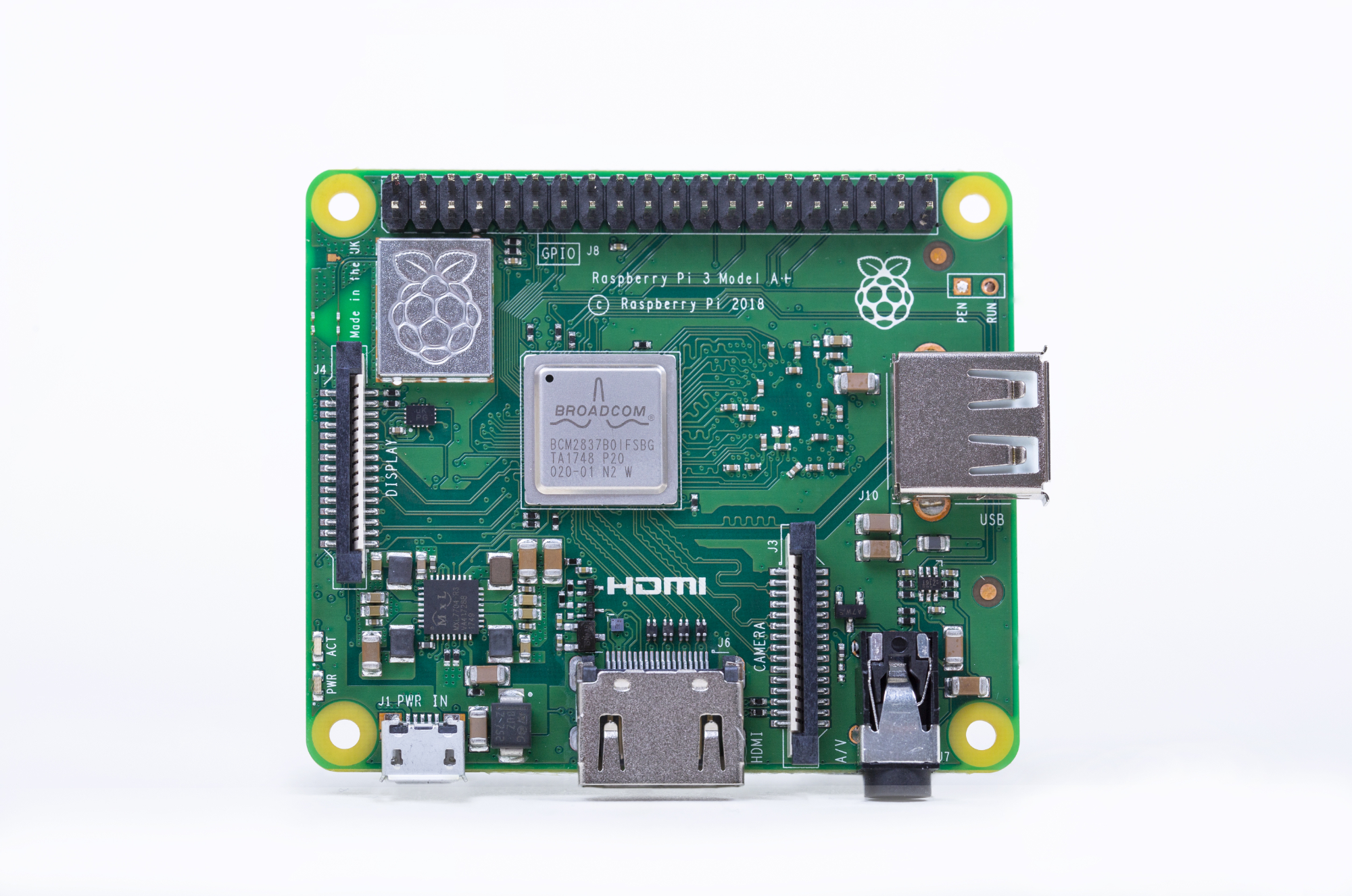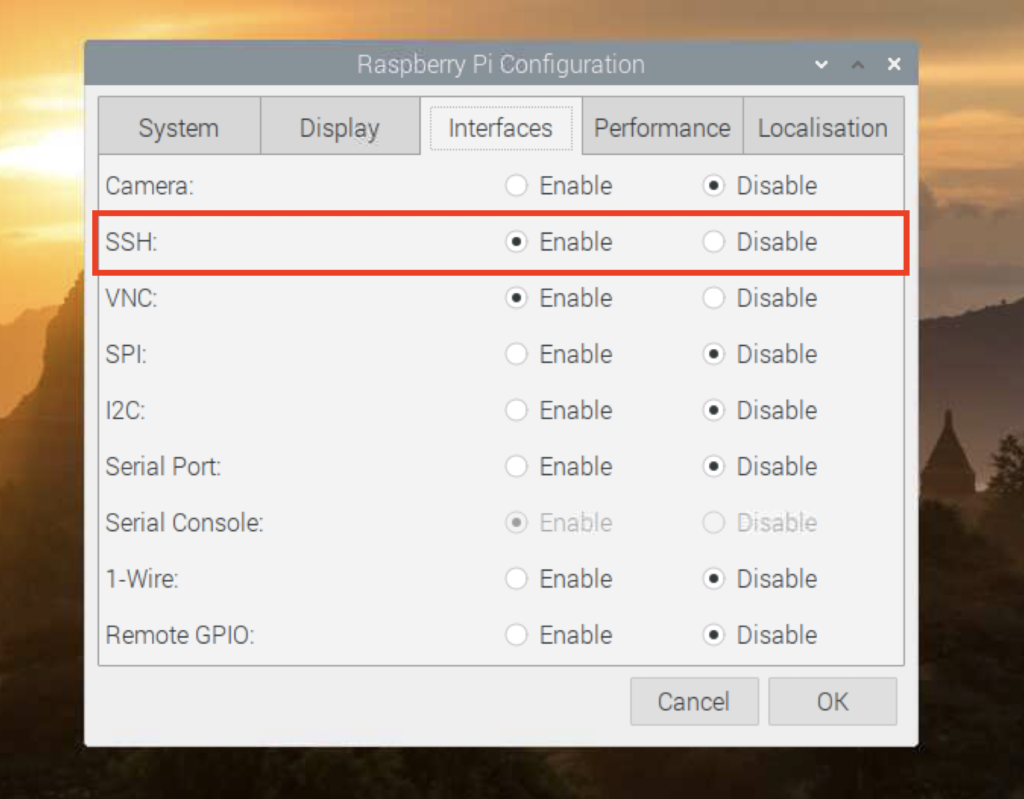Imagine managing your connected devices without the usual headache of SSH keys. For anyone working with IoT, that sounds like a dream, doesn't it? It's almost like wanting to put bigger tires on your vehicle without needing a full suspension lift—you want the benefit, but you'd rather skip the complicated parts. That's the core idea behind a remote IoT platform SSH key free approach. It's about getting things done, securely, but with a lot less fuss.
Traditional methods for getting into remote IoT devices often involve managing a whole bunch of SSH keys. This can get pretty messy, really fast, especially as you add more and more devices. You're trying to keep track of which key goes where, making sure they're safe, and dealing with rotations. It can feel like a lot of extra work that you'd rather not deal with, to be honest.
This article is going to walk you through what it means to have a remote IoT platform that lets you skip the SSH keys. We'll look at how it works, why it could be a really good choice for your projects, and what to keep an eye out for when you're picking a solution. You know, sometimes you just want a straightforward way to do something important, and this might just be it.
Table of Contents
- What Does "Remote IoT Platform SSH Key Free" Really Mean?
- Why Consider a Key-Free Remote IoT Platform?
- How Do These Platforms Work Without SSH Keys?
- Choosing the Right Remote IoT Platform SSH Key Free Solution
- Real-World Benefits and Practical Uses
- Frequently Asked Questions About Key-Free IoT Access
What Does "Remote IoT Platform SSH Key Free" Really Mean?
When we talk about a remote IoT platform that's "SSH key free," we're pointing to a way of connecting to your devices that doesn't rely on the usual SSH public and private key pairs. Basically, you're getting rid of a common step in setting up secure access. This is a pretty big shift for many people who are used to the traditional way of doing things, you know.
Moving Past Traditional SSH Keys
For a long time, SSH keys have been the standard for secure remote access. They work by having a public key on the device and a private key on your computer. When you want to connect, these two keys talk to each other to confirm who you are. This system works, but it brings along its own set of challenges, especially when you have many devices to look after.
Managing all those keys can get really complicated. You have to make sure the private keys are kept secret, that they don't get lost, and that they're updated regularly. It's a lot of manual work that can take up valuable time and, arguably, open up security gaps if not handled perfectly. Some users report that getting things to fit just right, even with a little rub, is sometimes easier than dealing with a full, complex setup, and that’s a bit like this key-free idea.
The Core Idea: Simpler, Safer Connections
The main goal of a remote IoT platform that doesn't use SSH keys is to make connecting to your devices much simpler and, at the same time, more secure. Instead of you managing individual keys, the platform handles the secure identity and connection process itself. This means less work for you and fewer chances for mistakes. It's about creating a direct, trusted link without the middleman of a key file, which is a fairly appealing prospect for many.
Why Consider a Key-Free Remote IoT Platform?
There are some really good reasons why more and more people are looking into remote IoT platforms that don't need SSH keys. It's not just about convenience; it touches on important aspects like how smoothly your operations run and how safe your systems are. So, what makes this approach so appealing, you ask?
Less Hassle, More Flow
Think about the time you spend generating, distributing, and rotating SSH keys for every single device. It adds up, doesn't it? With a key-free system, a lot of that manual work just goes away. This means your teams can spend more time on actual development or problem-solving, rather than on access management. It really helps things flow better, which is pretty great for productivity.
For instance, if you're deploying hundreds or thousands of devices, traditional key management becomes a huge chore. A platform that takes care of the secure connection automatically makes rolling out new devices much faster. You can get your systems up and running without delays caused by complex setup procedures, which, you know, is a big win for any project.
Better Security, Fewer Worries
It might seem strange to say "key-free" means better security, but it often does. SSH keys can be stolen, lost, or misused if they're not handled perfectly. When you remove the need for individual keys, you remove many of those risks. The platform typically uses different, more centralized ways to confirm device identity and authorize access, which can be much harder for bad actors to mess with.
For example, these platforms might use device certificates, secure boot processes, or just-in-time access policies. These methods reduce the "attack surface" – the number of places where someone could try to break in. This can give you a lot more peace of mind, knowing your devices are well-protected, honestly.
Scaling Up with Simplicity
As your IoT deployment grows, managing access for each new device can become a real burden. A key-free platform is designed to handle this growth gracefully. You don't have to worry about the exponential increase in key management tasks as you add more devices. The system just scales with you, which is very helpful.
This means you can expand your operations without getting bogged down in administrative tasks. Whether you're adding a few devices or thousands, the process for secure remote access remains straightforward. It’s about building a system that can grow with you, rather than holding you back, and that's a pretty valuable thing for businesses.
How Do These Platforms Work Without SSH Keys?
So, if there are no SSH keys, how do these remote IoT platforms actually let you connect to your devices securely? It's a good question, and the answer involves some clever ways of handling identity and trust. They use a combination of techniques to make sure only authorized people and systems can talk to your devices, without the need for you to manage key files directly, you see.
Device Identity and Trust
Instead of relying on SSH keys, these platforms often give each device a unique, cryptographically strong identity, sometimes called a device certificate. This identity is usually burned into the device during manufacturing or provisioned securely when it first comes online. This makes it very hard for someone to pretend to be your device.
When a device tries to connect to the platform, it presents this identity, and the platform verifies it. This is like a digital passport for your device. If the passport is valid, the device is trusted. This creates a strong foundation for secure communication from the very beginning, which is a rather smart way to do things.
Secure Tunnels and Sessions
Once a device's identity is confirmed, the platform creates a secure communication channel, or "tunnel," between your computer and the device. This tunnel is often encrypted from end to end, making sure that no one can snoop on the data passing through. You don't directly connect to the device using SSH; instead, your connection goes through the secure platform.
This means you can still use familiar tools like SSH clients, but the underlying connection is managed by the platform without you ever touching an SSH key file. It’s like having a secure bridge that's always there, ready for you to cross, but you don't need a special key to unlock the bridge itself. It's pretty convenient, to be honest.
Access Control That Makes Sense">Access Control That Makes Sense
These platforms also come with strong access control features. You can set up who can access which devices, and what they can do once they're connected. This is often done through roles and permissions, so you can give different team members just the right amount of access they need, and no more. This is a very important security feature, actually.
For instance, you might give a field technician permission to only view device logs, while a developer might have full command-line access. All of this is managed centrally within the platform, making it easy to change permissions as needed. This granular control helps keep your systems safe, even without SSH keys, and that's a truly powerful capability.
Choosing the Right Remote IoT Platform SSH Key Free Solution
If you're thinking about moving to a remote IoT platform that doesn't need SSH keys, there are some things you should really consider. Not all platforms are created equal, and what works best for one situation might not be ideal for another. Taking a little time to look at your options can save you a lot of trouble down the road, you know.
Things to Look For
First off, check for ease of setup and use. The whole point of going key-free is to simplify things, so if the platform is still hard to get going, it kind of defeats the purpose. Look for clear documentation and a user-friendly interface. You want something that feels intuitive, not something that makes you scratch your head, basically.
Next, consider the security features beyond just being "key-free." Does it offer strong device identity verification? What about encryption for data in transit? Look for features like audit logs, which let you see who accessed what and when. A good platform will have multiple layers of protection built in, which is pretty important.
Also, think about scalability. Can the platform handle the number of devices you have now, and the number you plan to have in the future? Does it offer good performance even with many simultaneous connections? You want a solution that can grow with your needs without breaking a sweat, obviously.
Finally, look at integration options. Can it easily connect with your existing tools and workflows? Does it have APIs that let you automate tasks? A platform that plays well with your current setup will make the transition much smoother, and that's a very practical consideration.
Questions to Ask
When you're talking to providers, ask them directly about their approach to device identity. How do they ensure each device is truly who it says it is? This is a fundamental part of key-free security. You want to understand the underlying mechanisms, frankly.
Also, inquire about their access control model. Can you set up fine-grained permissions for different users and groups? How easy is it to manage these permissions as your team changes? Good access control is crucial for maintaining security and operational efficiency, after all.
Don't forget to ask about pricing models. Is it per device, per connection, or something else? Make sure it aligns with your budget and how you plan to use the service. You want transparency here, so you know what you're getting into financially, which is a fair point.
Finally, ask about support and community. What kind of help can you expect if you run into problems? Is there an active community where you can find answers or share experiences? Good support can make a huge difference, especially when you're adopting new technology, and that's often overlooked.
Real-World Benefits and Practical Uses
Moving to a remote IoT platform that doesn't need SSH keys isn't just a technical change; it brings real, tangible benefits to different parts of an organization. It's about making daily tasks easier, improving overall security, and helping businesses grow more smoothly. Let's look at how this plays out for different folks, shall we?
For Developers and Engineers
For the people who are actually building and maintaining the IoT systems, a key-free platform means less time spent on frustrating security setups. They can focus on writing code, debugging issues, and deploying new features, rather than wrestling with SSH key distribution. This can lead to faster development cycles and fewer deployment headaches, which is pretty nice.
Imagine a scenario where a developer needs to access a device in the field to diagnose a problem. With traditional SSH keys, they might need to request access, get the right key, and then connect. With a key-free platform, if they have the right permissions, they can just connect securely through the platform, almost instantly. This kind of efficiency is a real boost for productivity, honestly.
For Business Owners and Managers
From a business perspective, adopting a remote IoT platform SSH key free solution can lead to significant cost savings. Less time spent on key management means lower operational expenses. Plus, improved security reduces the risk of costly data breaches or system compromises. It's about protecting your assets and your reputation, you know.
Furthermore, the simplicity of scaling with these platforms means businesses can expand their IoT deployments more aggressively. They don't have to worry that their security or access management processes will become a bottleneck. This allows for quicker market entry for new products or services that rely on connected devices. It's a strategic advantage, in some respects.
For example, a company managing a fleet of smart sensors across various locations can easily onboard new sensors without a complex IT process for each one. This agility helps them respond faster to market demands or operational needs. It’s about making your business more flexible and resilient, and that's a very good thing in today's world.
Frequently Asked Questions About Key-Free IoT Access
How does a remote IoT platform work without SSH keys?
These platforms usually rely on unique device identities, like certificates, instead of shared keys. When a device connects, its identity is checked by the platform. Once verified, a secure, encrypted tunnel is created for access. This means your connection goes through the trusted platform, and you don't handle key files directly, which is pretty clever.
Is key-free access for IoT devices truly secure?
Yes, often it's even more secure than traditional SSH key methods. By centralizing identity and access management, these platforms can implement stronger security practices that are hard to achieve with individual key files. They reduce the risk of lost or stolen keys and can offer more advanced features like just-in-time access and detailed audit trails, which is very reassuring.
What are the benefits of using a platform that doesn't need SSH keys for IoT?
The main benefits are simplified management, better security, and easier scalability. You spend less time on administrative tasks like key rotation and more time on actual work. Security improves because there are fewer points of failure related to key handling. Plus, adding new devices becomes much more straightforward as your operations grow, which helps a lot.
Thinking about how you manage your IoT devices, a remote IoT platform SSH key free solution really offers a fresh perspective. It's about moving past old ways that might be holding you back and embracing something that makes your life easier and your systems safer. Just like you might want to fit those bigger tires without all the extra work, this approach lets you get advanced security and control without the usual complexity. Consider exploring platforms that offer this kind of simplified, secure access; it might just be the upgrade your IoT operations need right now. For more details on secure remote access for IoT, you can also check out this resource: Balena.io Blog on SSH Access without Public Keys.



Detail Author:
- Name : Loy Feest IV
- Username : emayert
- Email : pierce65@gmail.com
- Birthdate : 1982-12-15
- Address : 8234 Kamille Drives Apt. 211 Bergstromshire, WY 59878-9107
- Phone : 364.996.6935
- Company : Haley and Sons
- Job : Religious Worker
- Bio : Itaque sit consectetur quia ea. Corporis itaque reprehenderit quaerat aperiam iure. Placeat unde est ut magni incidunt quibusdam.
Socials
linkedin:
- url : https://linkedin.com/in/icollier
- username : icollier
- bio : Aliquid ratione laborum delectus nihil sit et ad.
- followers : 5080
- following : 721
facebook:
- url : https://facebook.com/ima7975
- username : ima7975
- bio : Et ut veniam eos. Quos libero sint et deleniti aut quis.
- followers : 3790
- following : 2773
tiktok:
- url : https://tiktok.com/@icollier
- username : icollier
- bio : Aut nihil nostrum facilis voluptatem nisi quisquam accusamus.
- followers : 1409
- following : 294
twitter:
- url : https://twitter.com/ima.collier
- username : ima.collier
- bio : Odit voluptatem in non iusto quo dolorum. Sit explicabo quis voluptas magni repellat ipsum. Voluptas earum saepe possimus et sapiente temporibus non.
- followers : 3681
- following : 1405